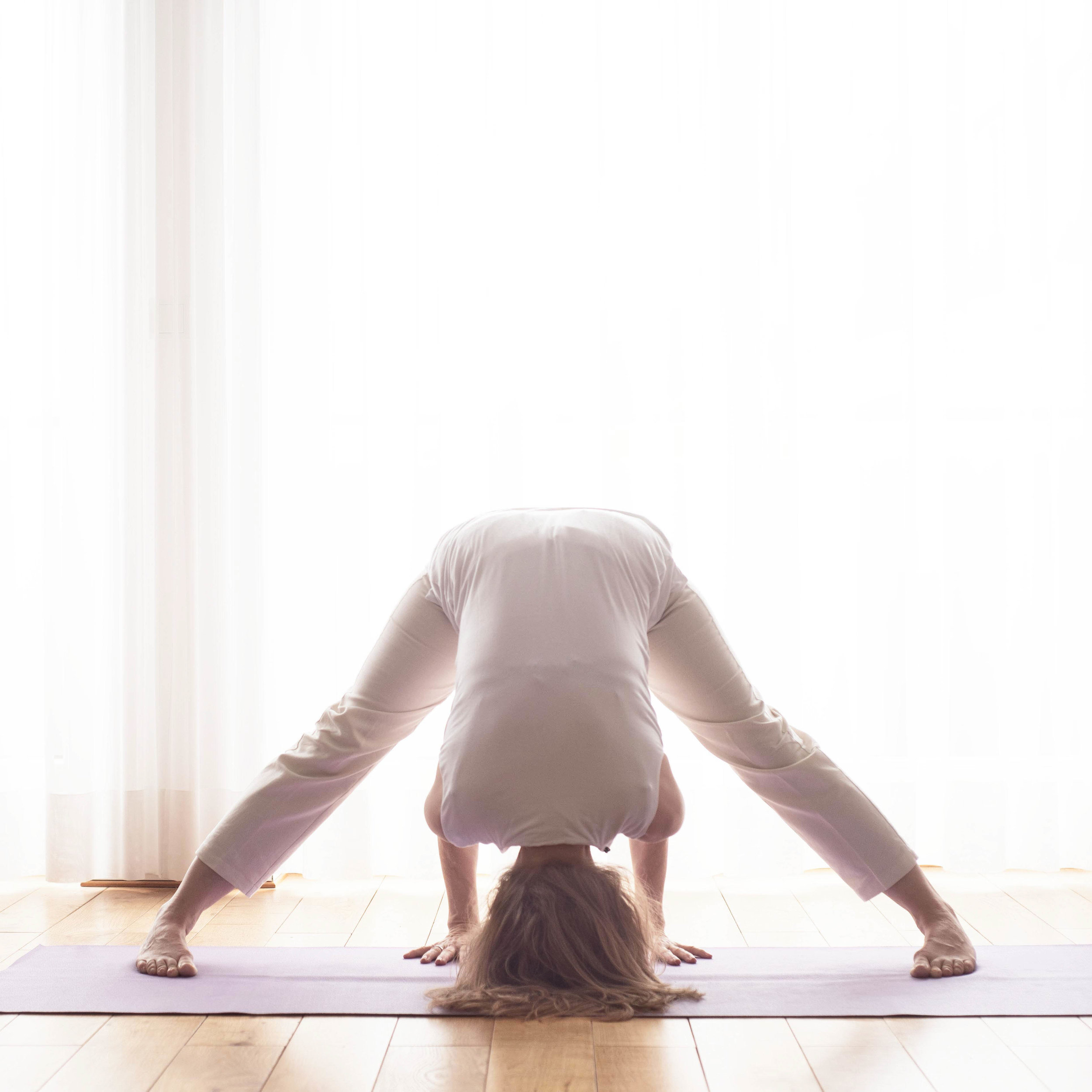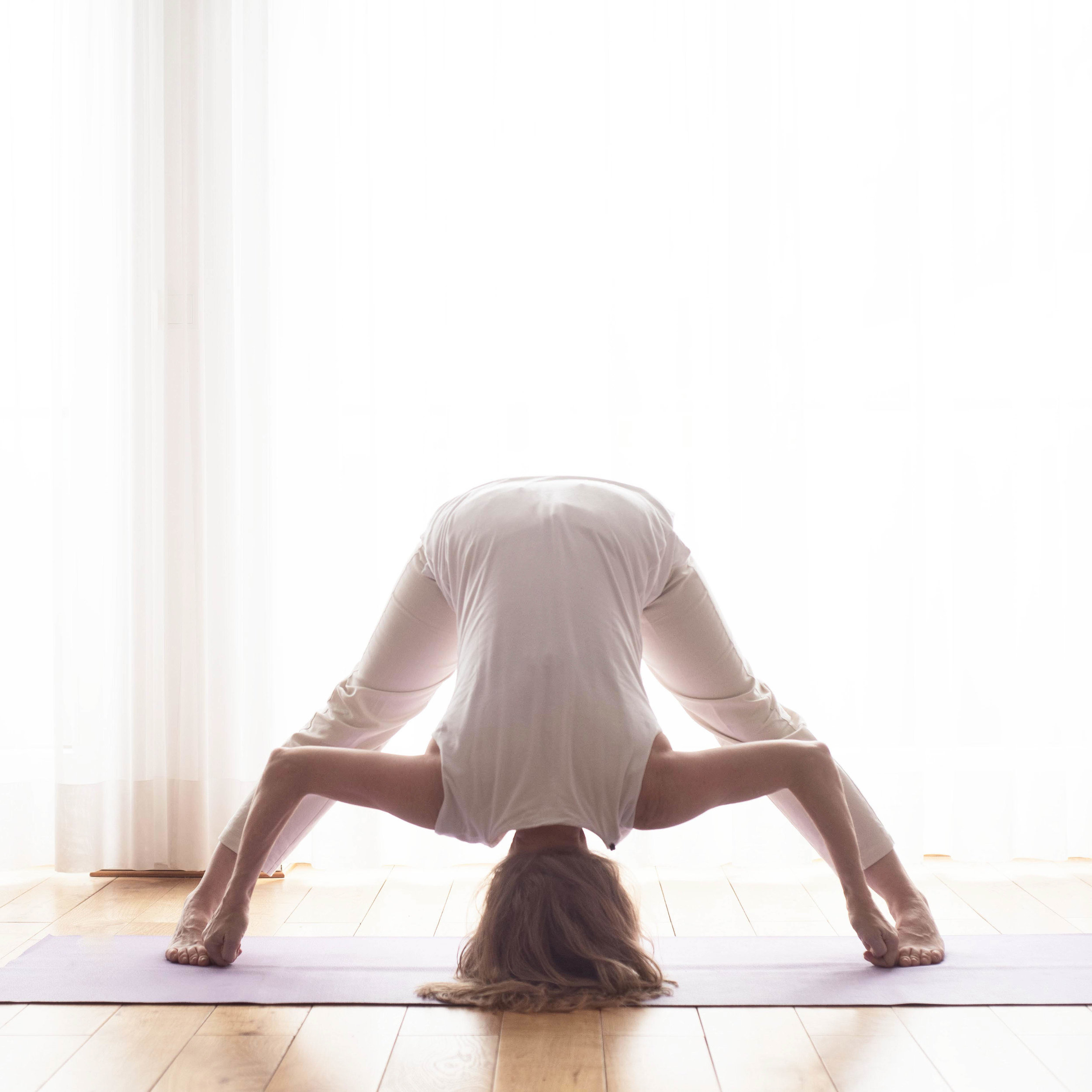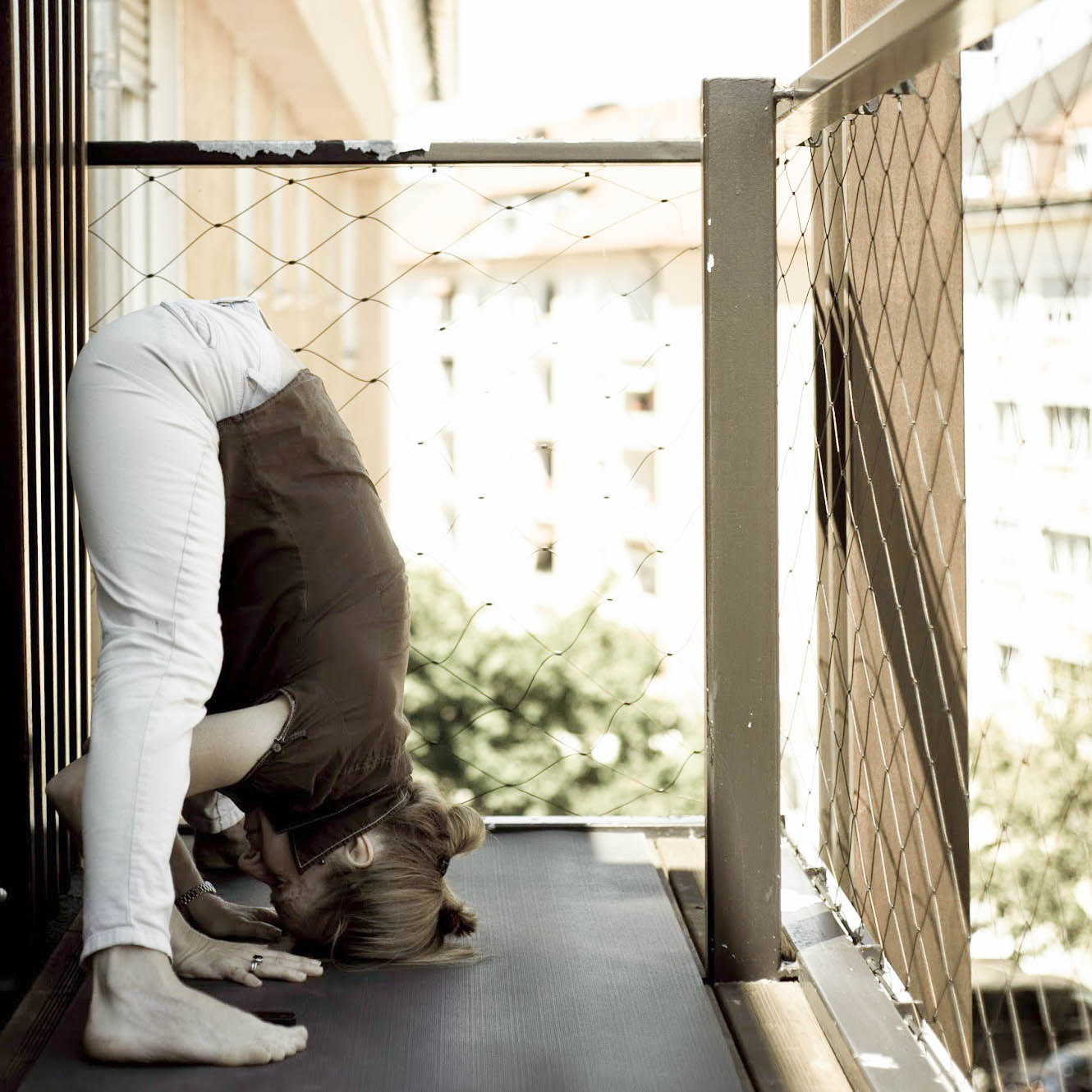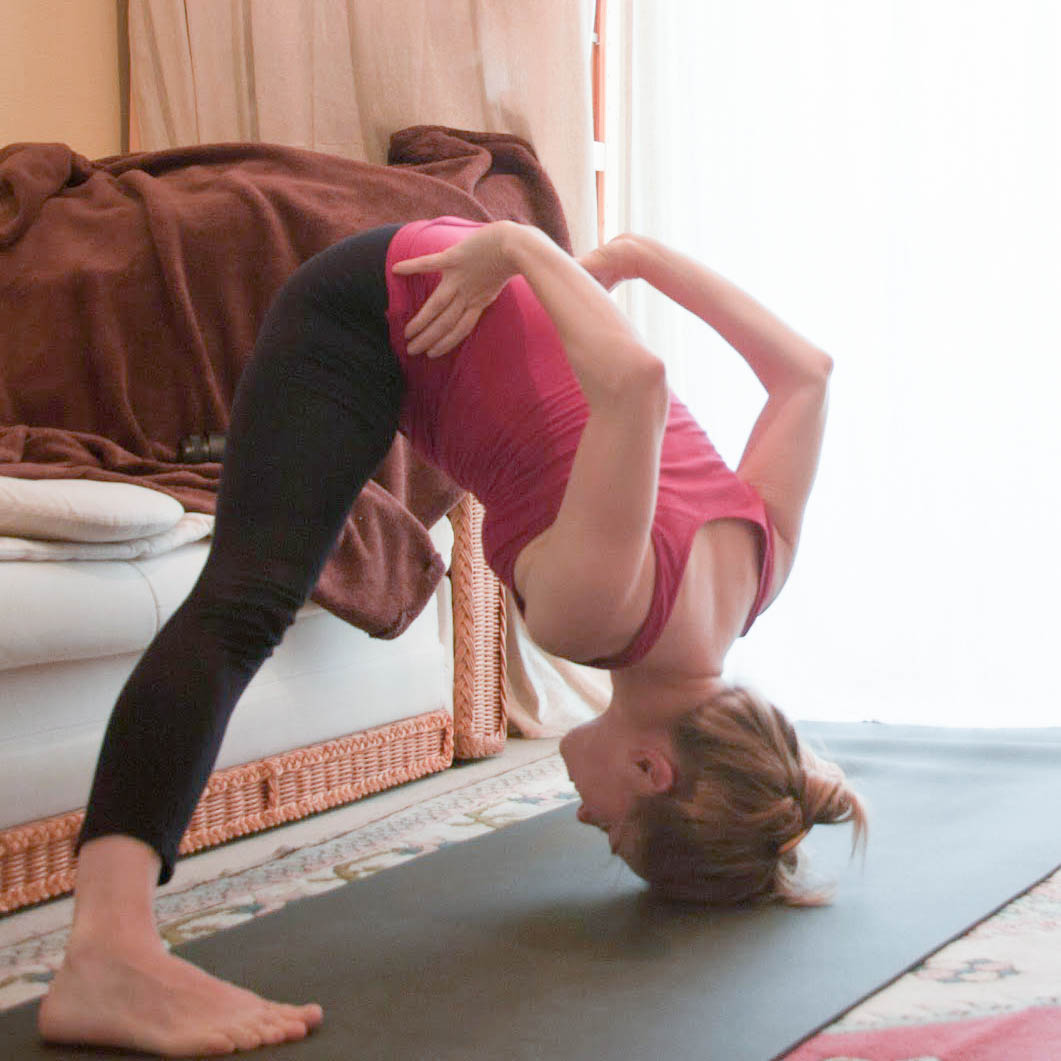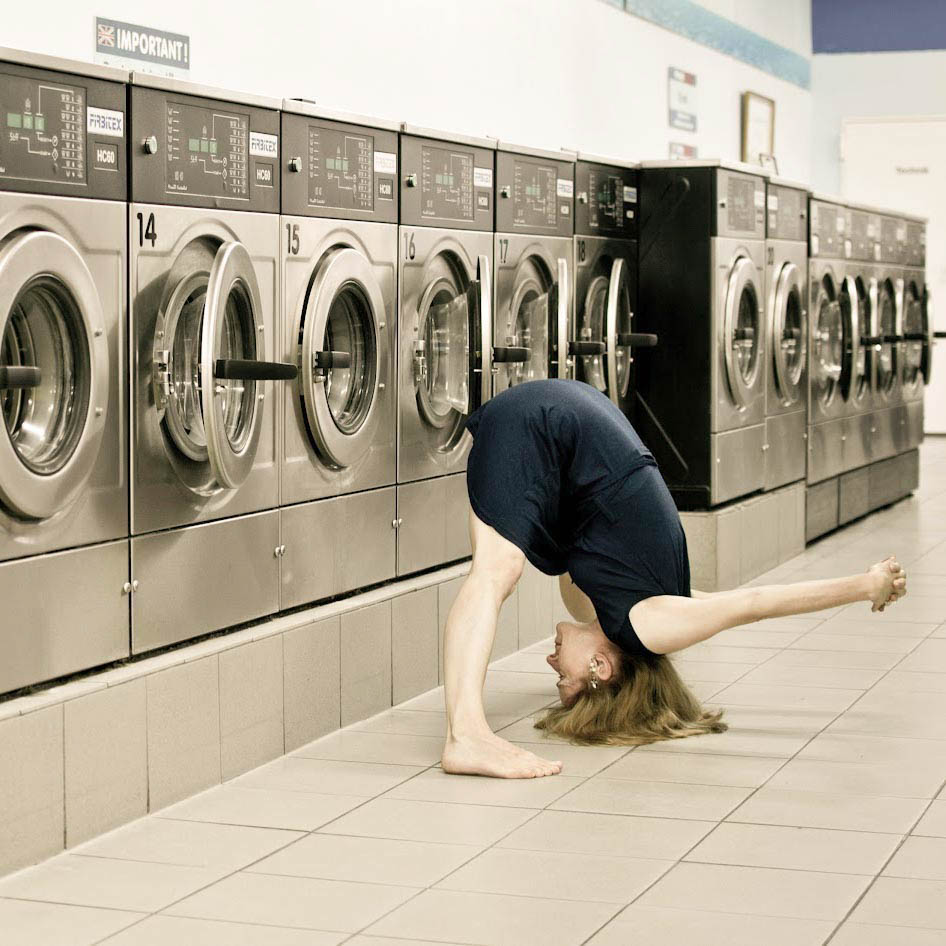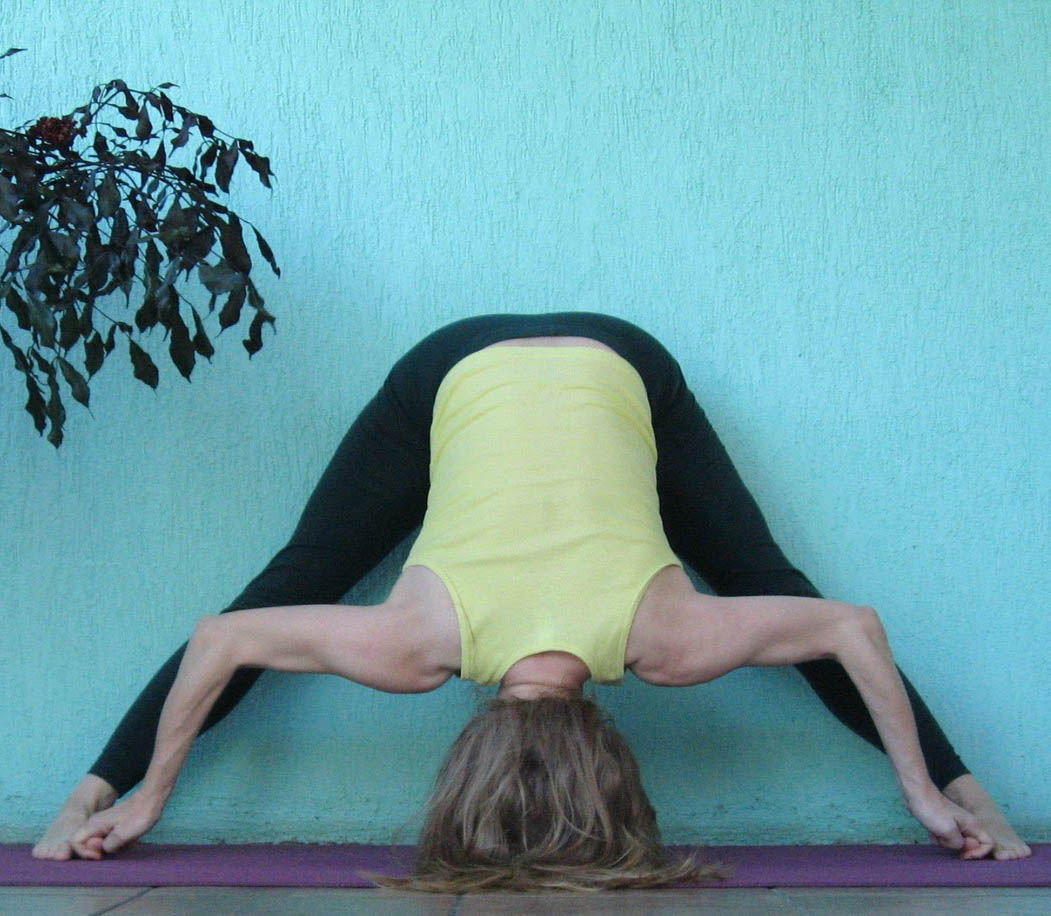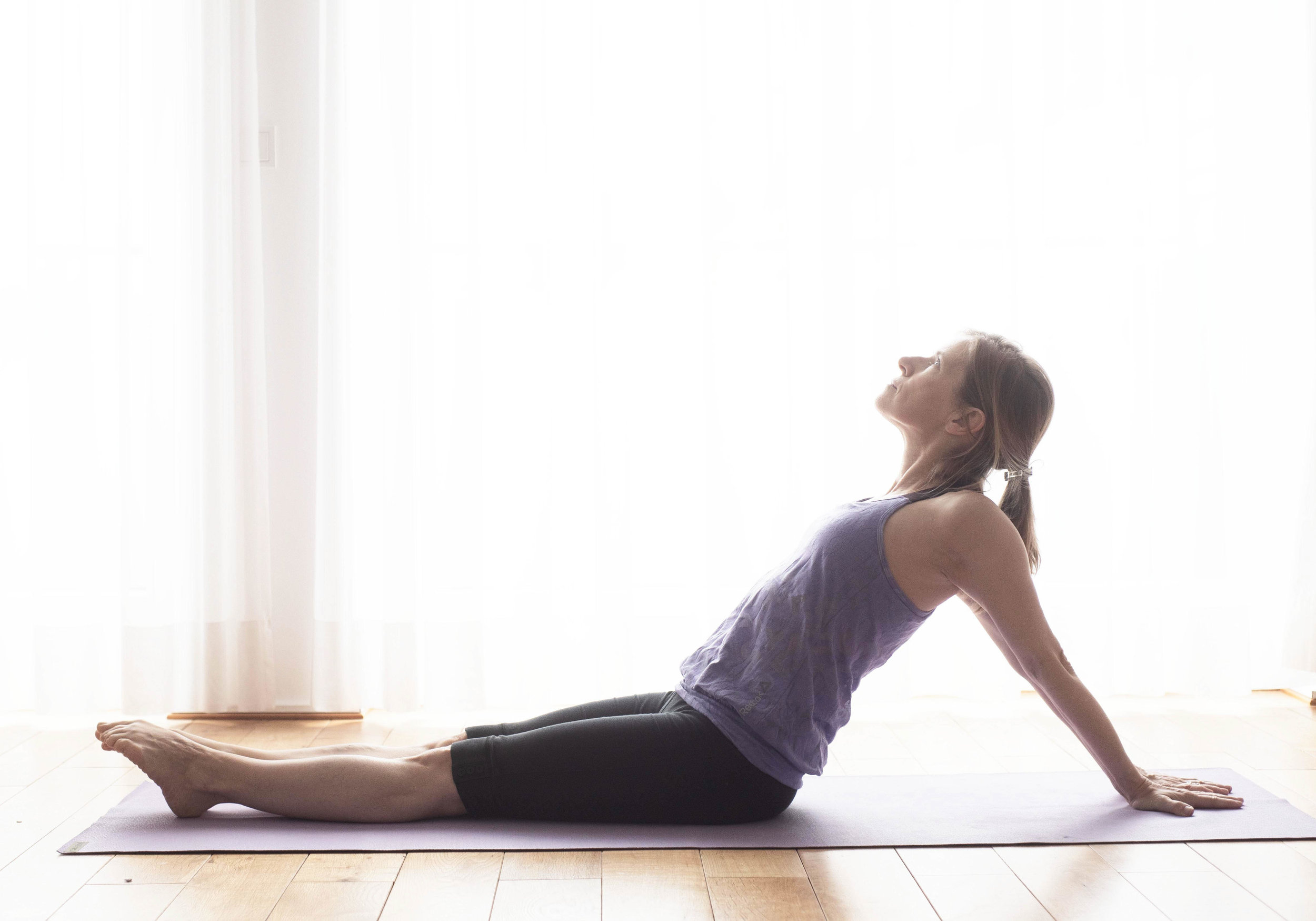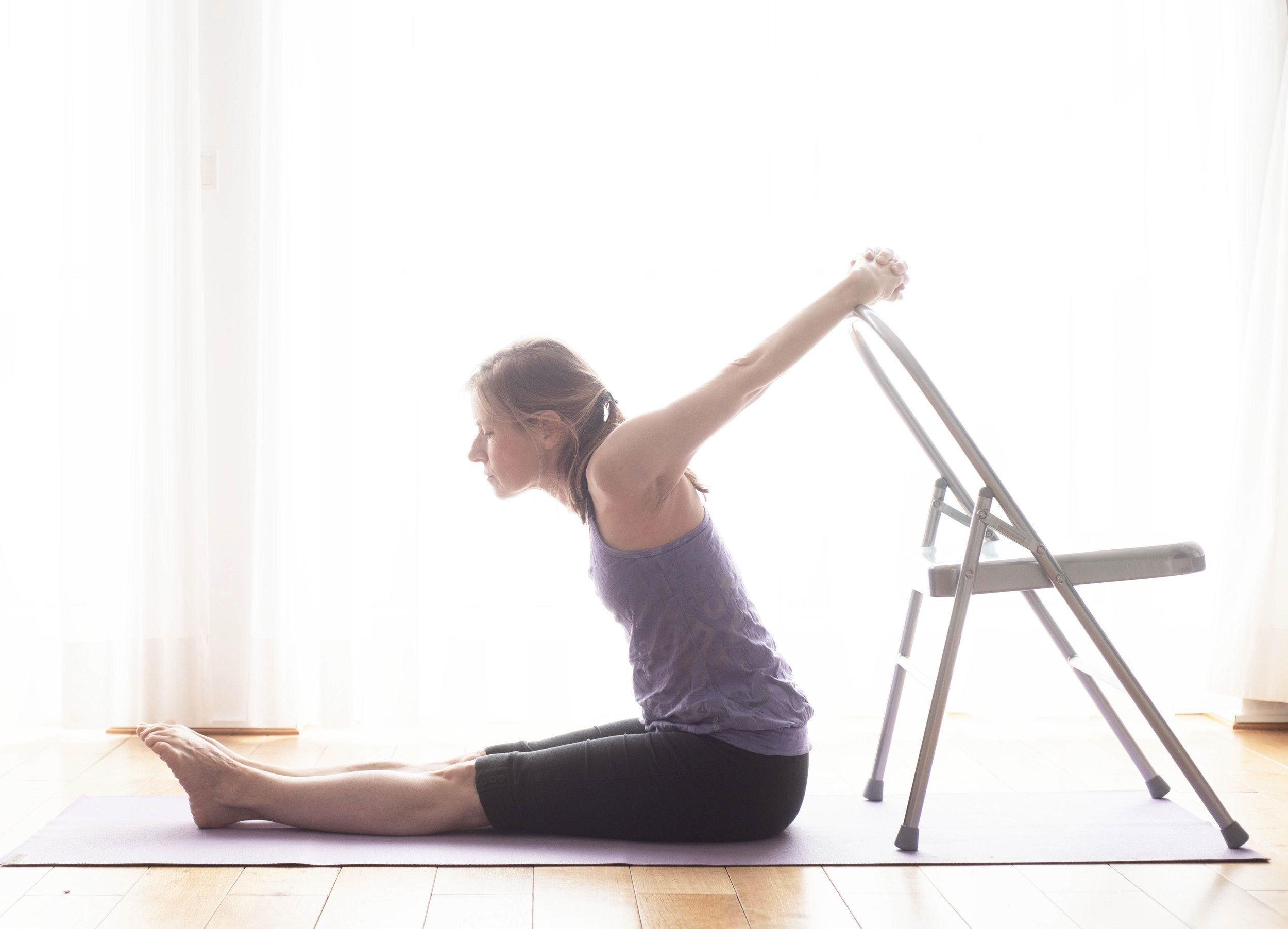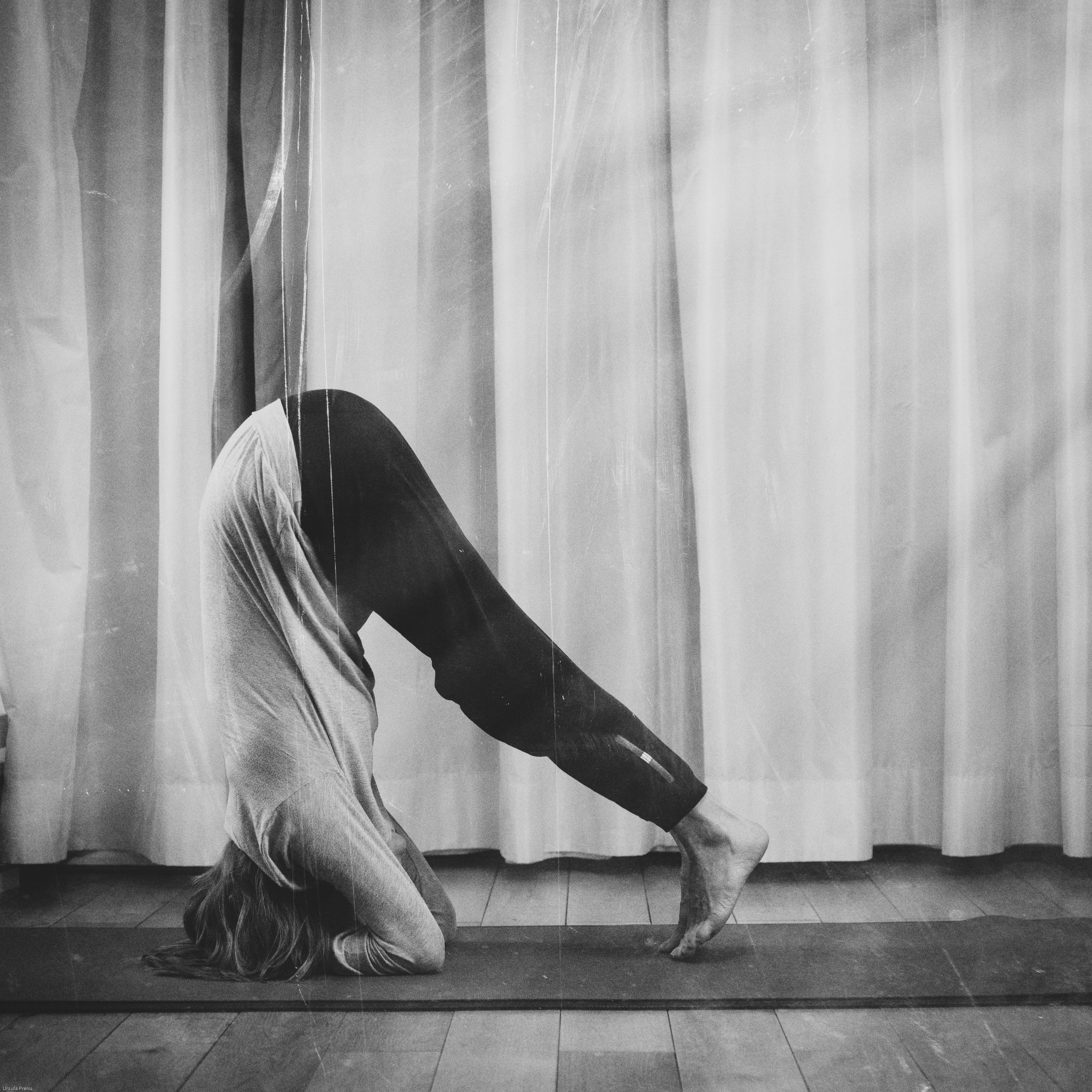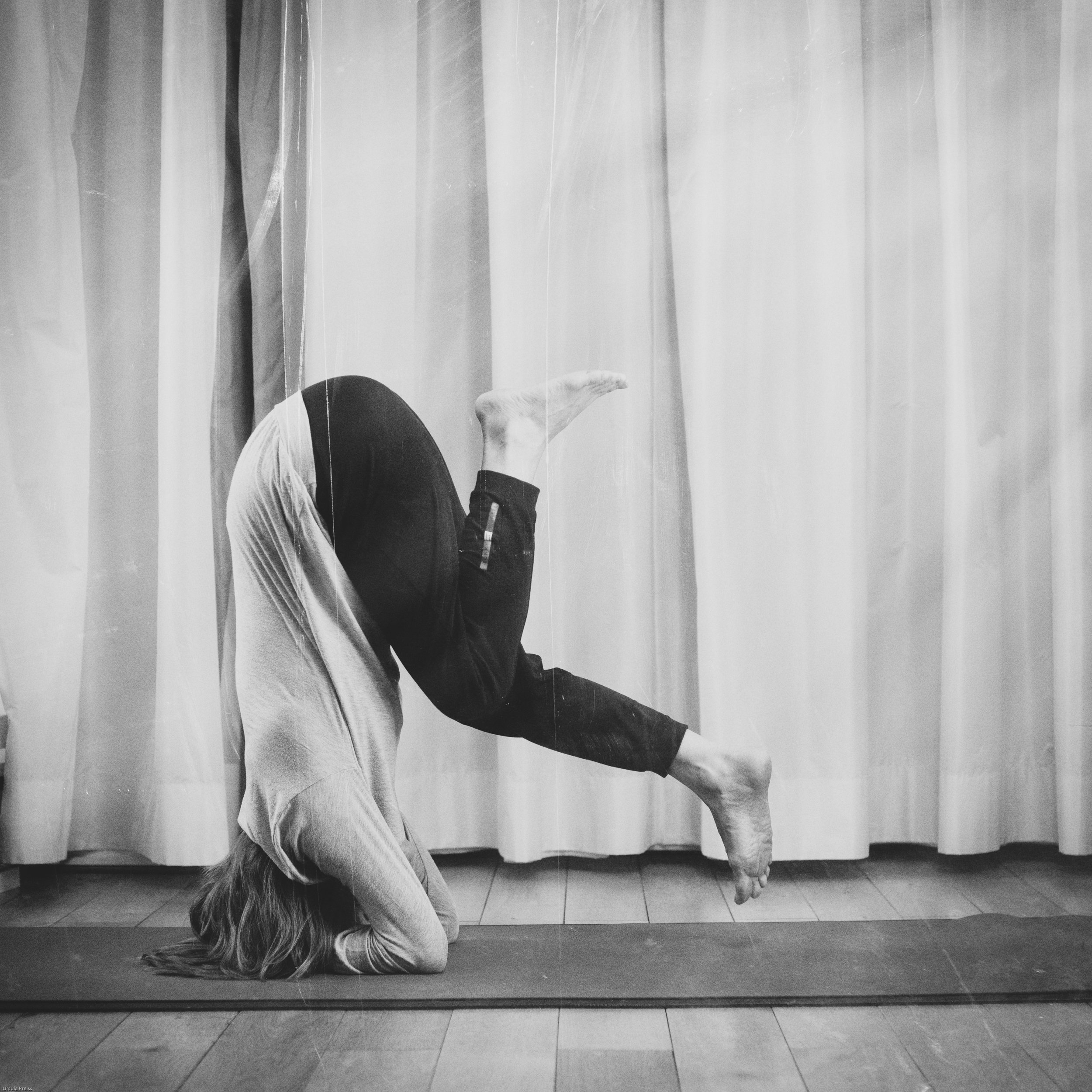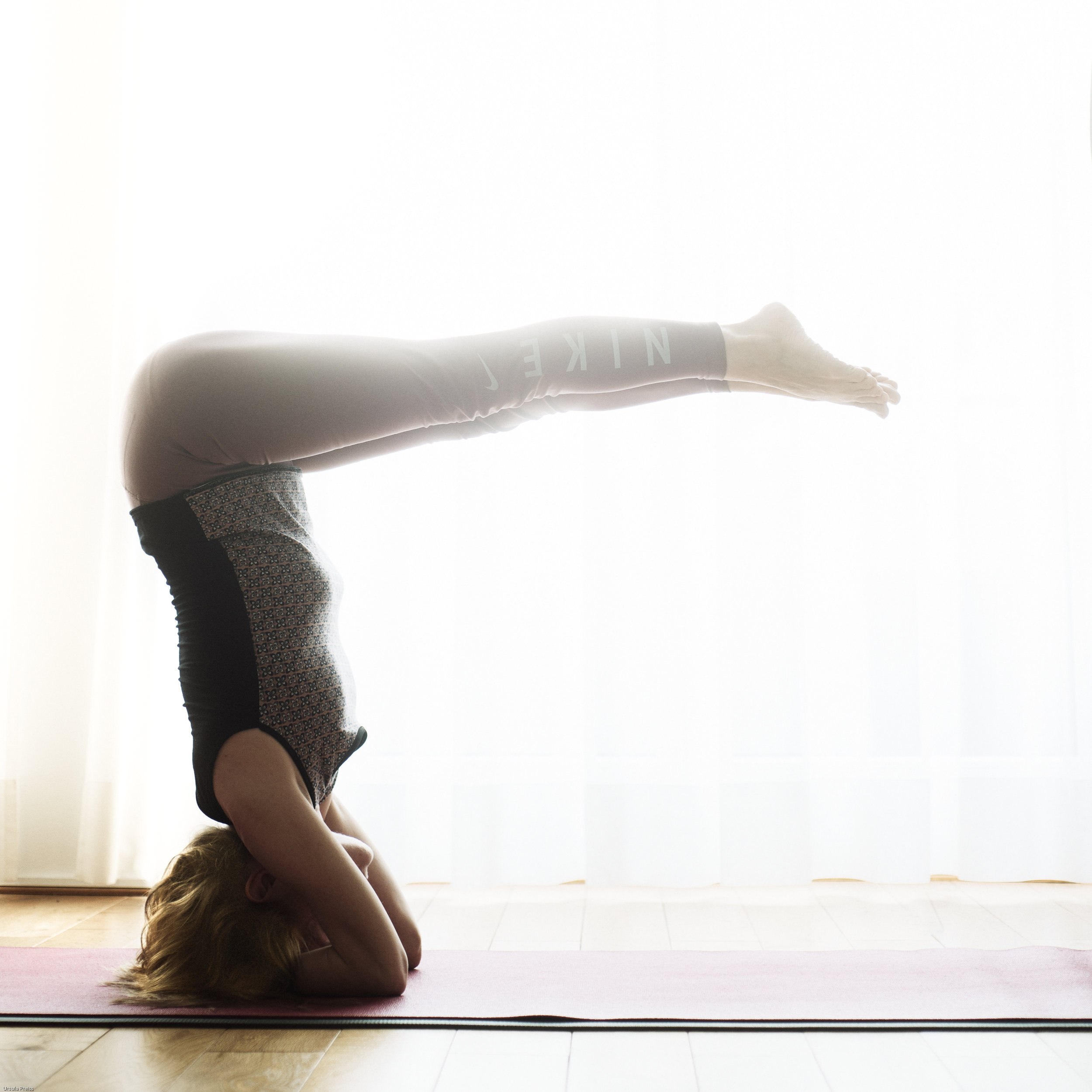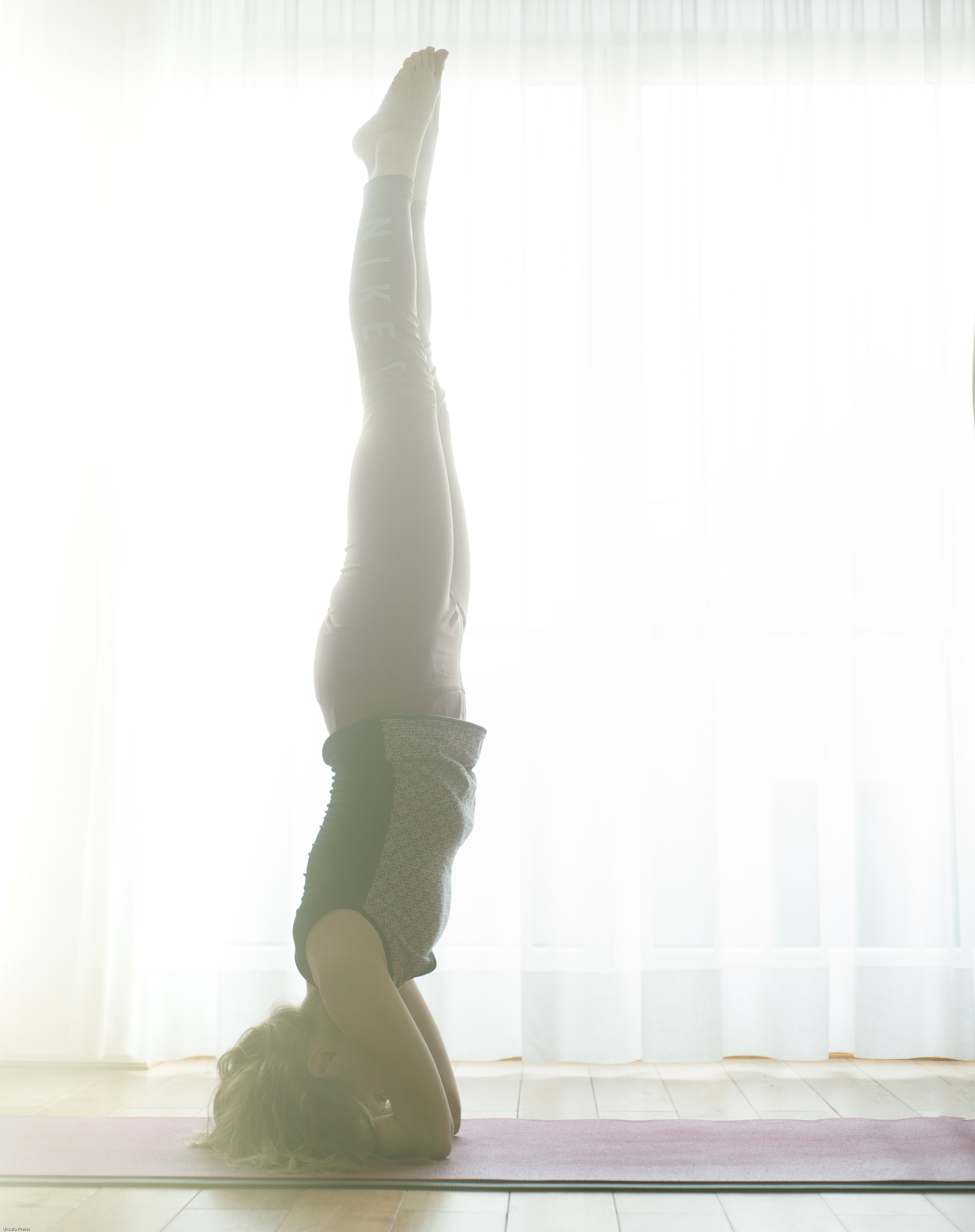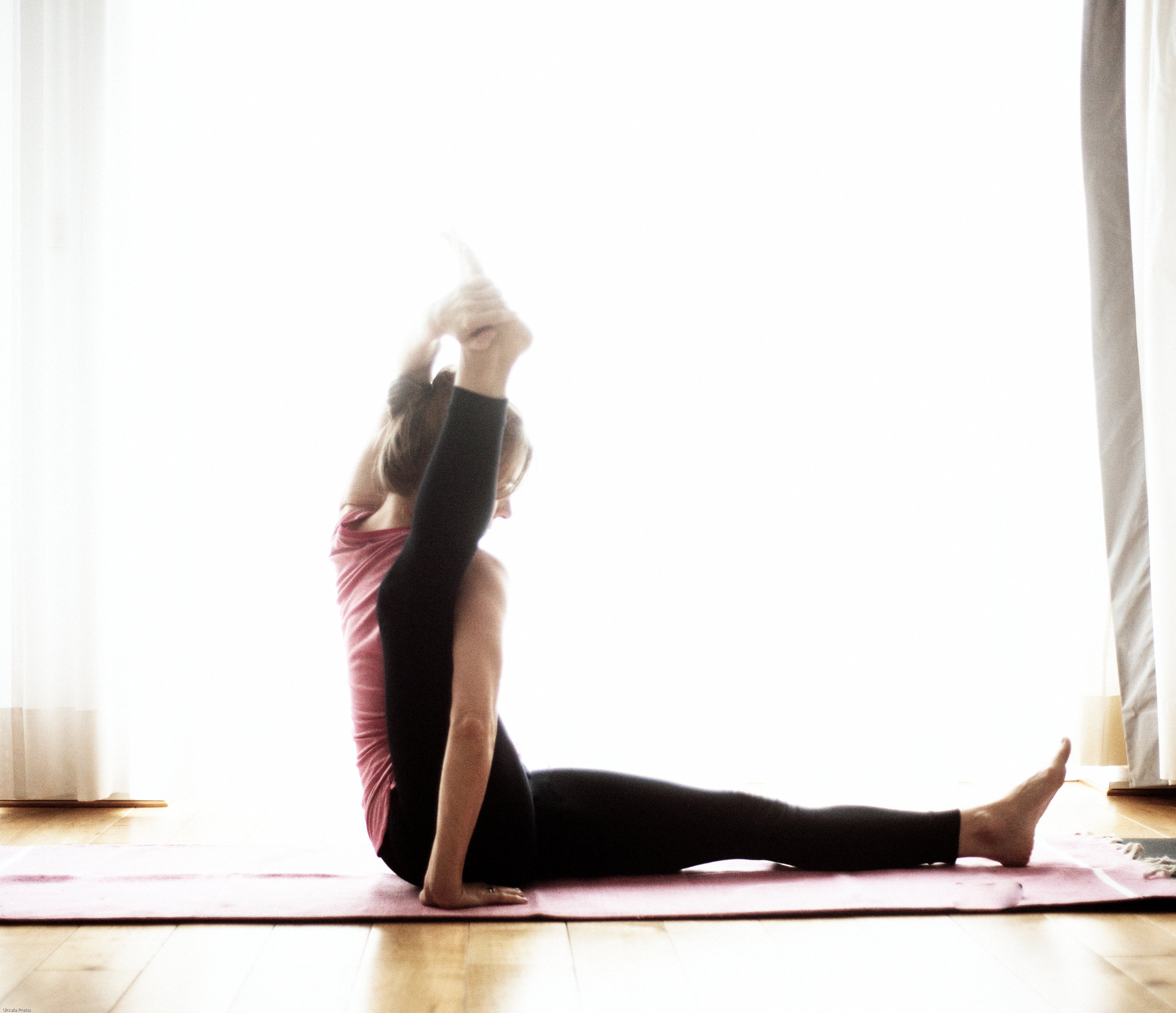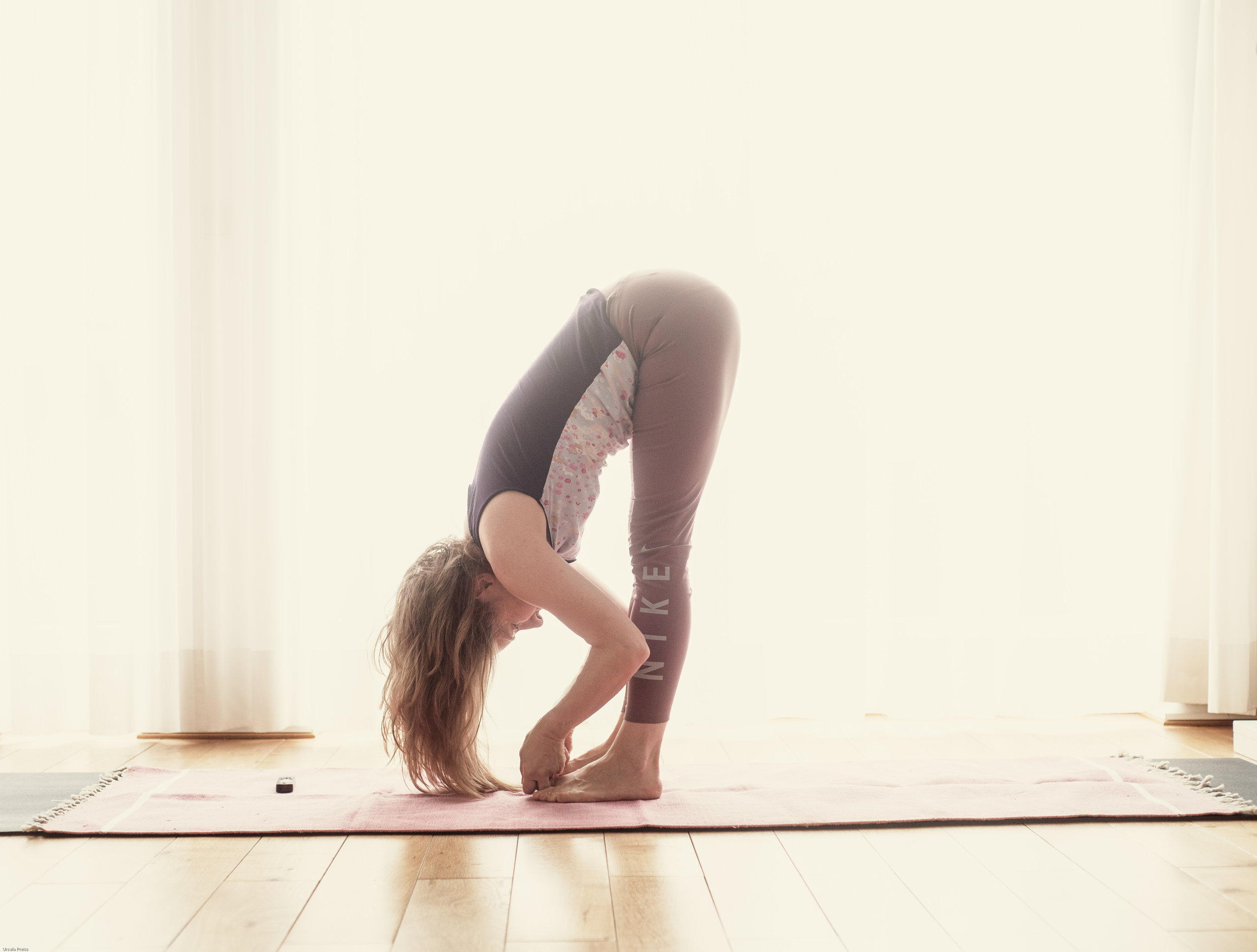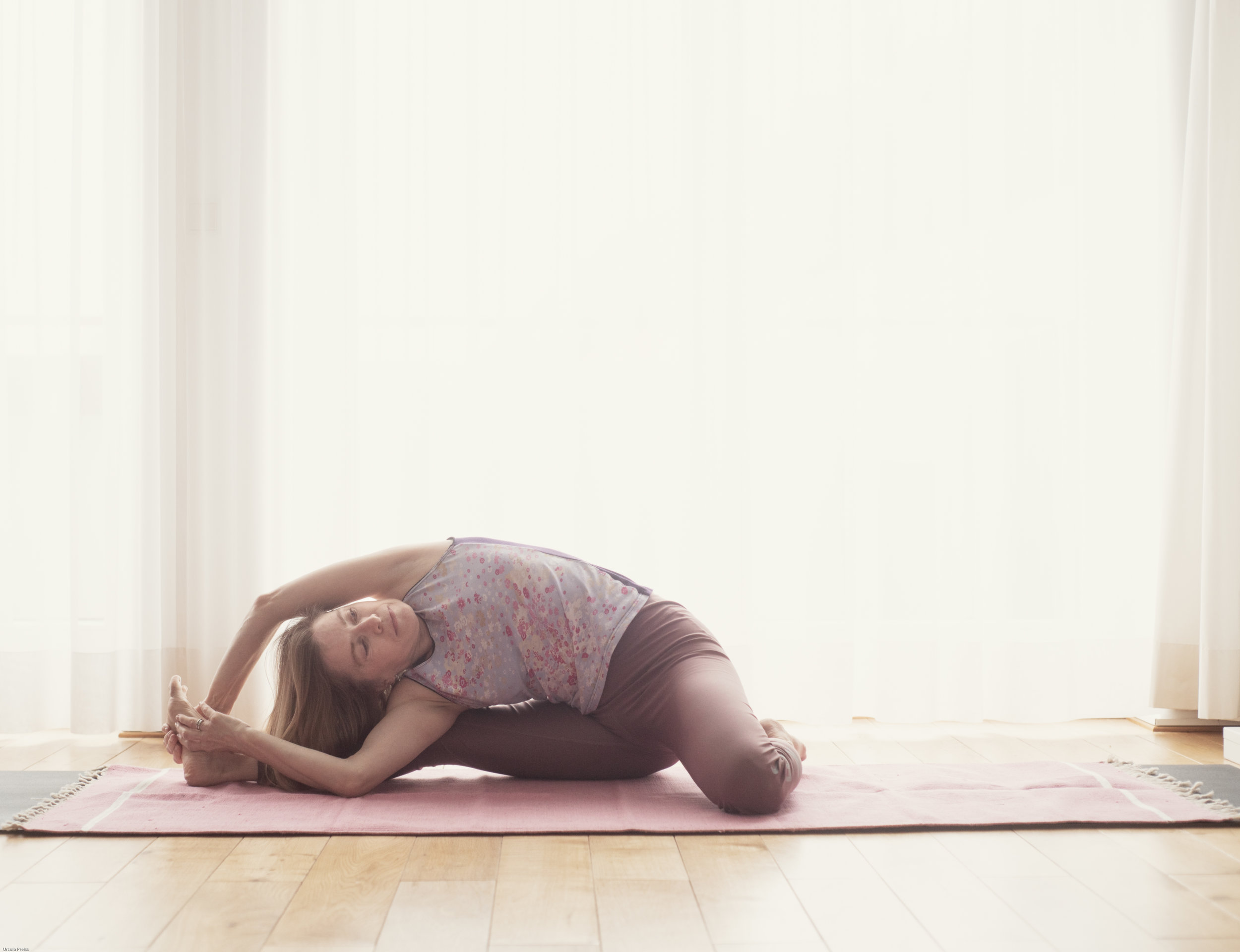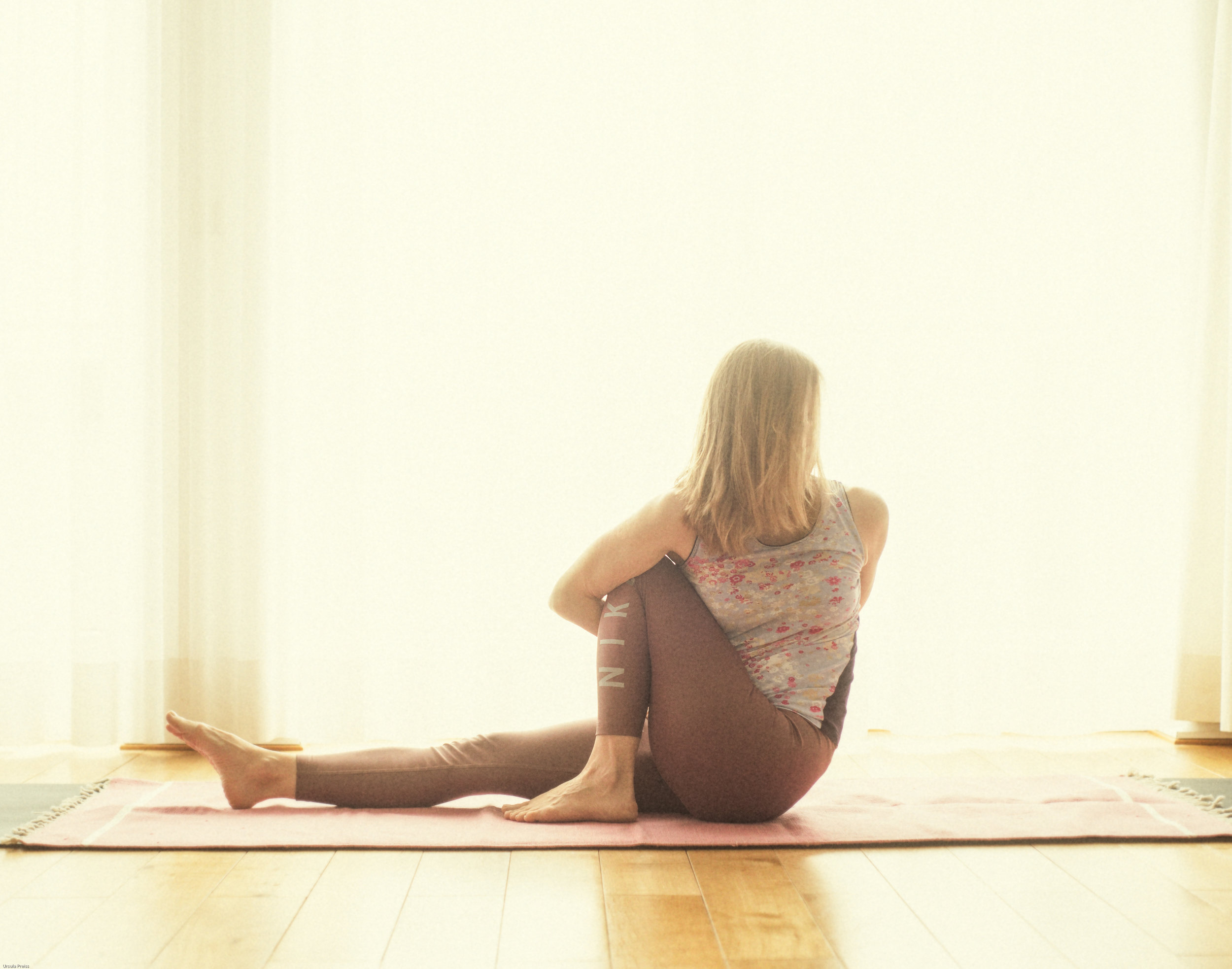Ashtanga yoga practitioners start the yoga week on Sundays with second series. Back bending is a focus.
How to practice smarter than during the last decade is often my question.
The timer:
One of the answers is that it makes sense to hold the difficult asanas longer than 5 breaths. Especially if an asanas seems difficult, progress might come faster when this asana is held longer. Repetitions are useful, too. It’s not always possible to get from 5 breaths to 1 minute. I breaths 15 times (inhaling and exhaling equals one breath) within a minute when I do nothing. I surely need more breaths when I’m in a challenging asana. It’s easier to wait for the peep of the timer than to count breaths. It’s distracting. To focus on the sound of the breath and to count the breaths are two different challenges.
It’s impossible to hold every asana of one of the Ashtanga yoga series for 1 minute. It’s too time-consuming and perhaps also not good for the body. My plan is to hold one back bending asana 1 minute, one forward bending asana for 1 minute, one twist for one minute. It’s a modest start, but a start.
This sounds easy. One minute is not long, but when in urdhva dhanurasana one minute can feel like an eternity. Today I left the pose before the peep of my timer. Two seconds only and I would have accomplished my goal.
There will come a moment when the discomfort seems to be unbearable. Then the mental task begins. Mantras might help to stay. ‘I can’ is a good mantra. Only 5 more breaths. Again one must learn to understand the messages of the body. Sometimes the pain is a message to get out of the pose if one doesn’t want to risk an injury. The goal is to relax more and more when performing an asana.
I guess it’s what runners told me: There comes a moment runners want to stop, yet when they get over this point, running happens almost from alone.
Another possibility to handle the discomfort is to move a tiny bit out of the pose till it becomes OK to stay.
Sometimes I want to get out of a pose, because I’m bored. This is often the case when I do headstand. Today I used the timer for this pose, too. One minute was doable and also enough. I would have left the pose earlier. The effect wouldn’t have been the same.
The wheel:
To start back bending on a wheel helps to relax. One can focus either on stretching the front of the hips or the upper back. It’s not just hanging over the wheel. I usually engage my legs. It prepares the body for deeper back bending asanas. Setting a timer can be useful, too. When in an asana I lose the feeling for time. The timer gives an orientation. The older a yogini is the longer it might take till the body gives up resistance. When the body feels safe, stretching can happen.
Timer and wheel are my helpers.
The plan for tomorrow:
I set a timer for 90 minutes. That’s how long I practice every day.
I set a timer for one minute when practicing paschimottanasana (forward fold), marichyasana C (twist), urdhva dhanurasana (back bending) and headstand (inversion).
Breaks make lazy.
Every yoga practice motivates me to practice again. Soon.







